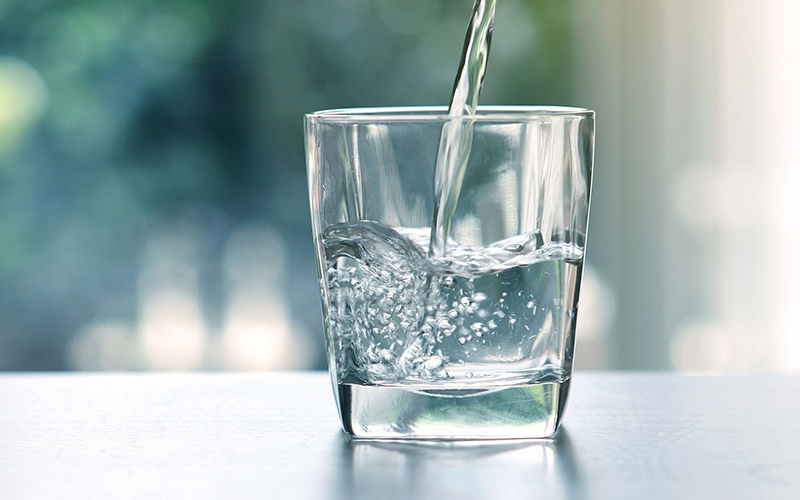EPA to set tougher requirements for lead in water
The Environmental Protection Agency (EPA) announced that it would impose stricter requirements on water utilities to manage lead and copper contamination in drinking water supplies. The EPA said that tackling water pollution is a core duty of the agency.
The proposed changes, the first affecting lead level in water since 1991, would also give utilities more time to replace lead pipes in their systems. Some environmental groups are not happy with the proposed rule because the change slows by 20 years the timeline for removing aging lead service pipes that could expose children to lead. Lead is a toxin known to harm developing brains. The rule slows down the removal of pipelines where lead levels exceed 15 μg/L to 33 years from the 13 years in the original law.
The new rule requires water utilities to identify and remove sources of lead when a water sample at faucet exceeds 15 micrograms per liter (μg/L). The EPA said water systems would also have to follow new, improved sampling procedures and adjust sampling sites to better target locations with higher lead levels.
Health advocates estimate that as many as six million or more lead water lines remain underground in U.S. cities and towns. Additional sampling and monitoring can help to identify affected areas, and ensure the quality of drinking water sources.



